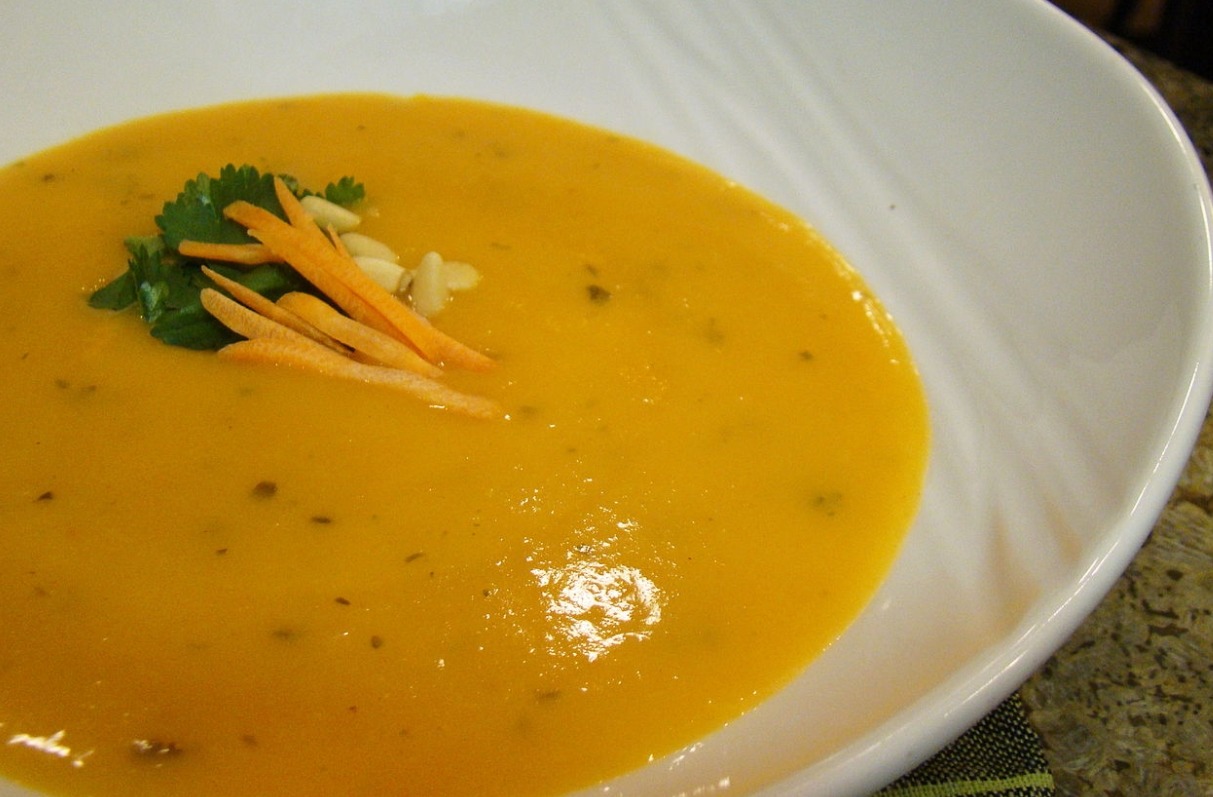Thickening Sauces with Arrow Root
You’ll wish you knew this sooner. A complete guide to thickening sauces, soups and stews
Arrow root is a starch from a Carribbean plant and also gluten free. It gets its name as it was once thought to be the antidote to poison arrows and was widely cultivated by the Arawak natives of the Carribbean.
Why it thickens:
As a starch, arrowroot’s mechanism is exactly the same as flour and cornflour. It operates at the lowest temperature of the three starches we’re looking at, making it ideal for sauces that you’re worried about splitting.
It’s possible to heat arrowroot too much, to the point where the sauce returns to its thinner starting consistency. It’s important to note that because of this, arrow root isn’t the ideal candidate for something you intend to reheat.
Texture, flavour and appearance:
Arrow root thickened sauces are completely translucent and super glossy. It’s exactly what gives fruit tarts their gorgeous sheen. It’s ideal for making mirror like glazes but can make more ‘rustic’ sauces like gravy appear artificial. Its bland flavour makes it easy to disguise in even the most light sauces.
How to and how much:
Because arrowroot can thicken at such low temperatures, it’s not ideal for thickening sauces in anyway other than as a slurry. You’ll only need to use 1/4 tsp per litre of liquid but it’s extra important to whisk whilst you add it to the sauce to prevent clumping. Adding arrowroot too early in the cooking process can be disastrous, so only add it when everything is cooked and all that is left to do is thicken.








